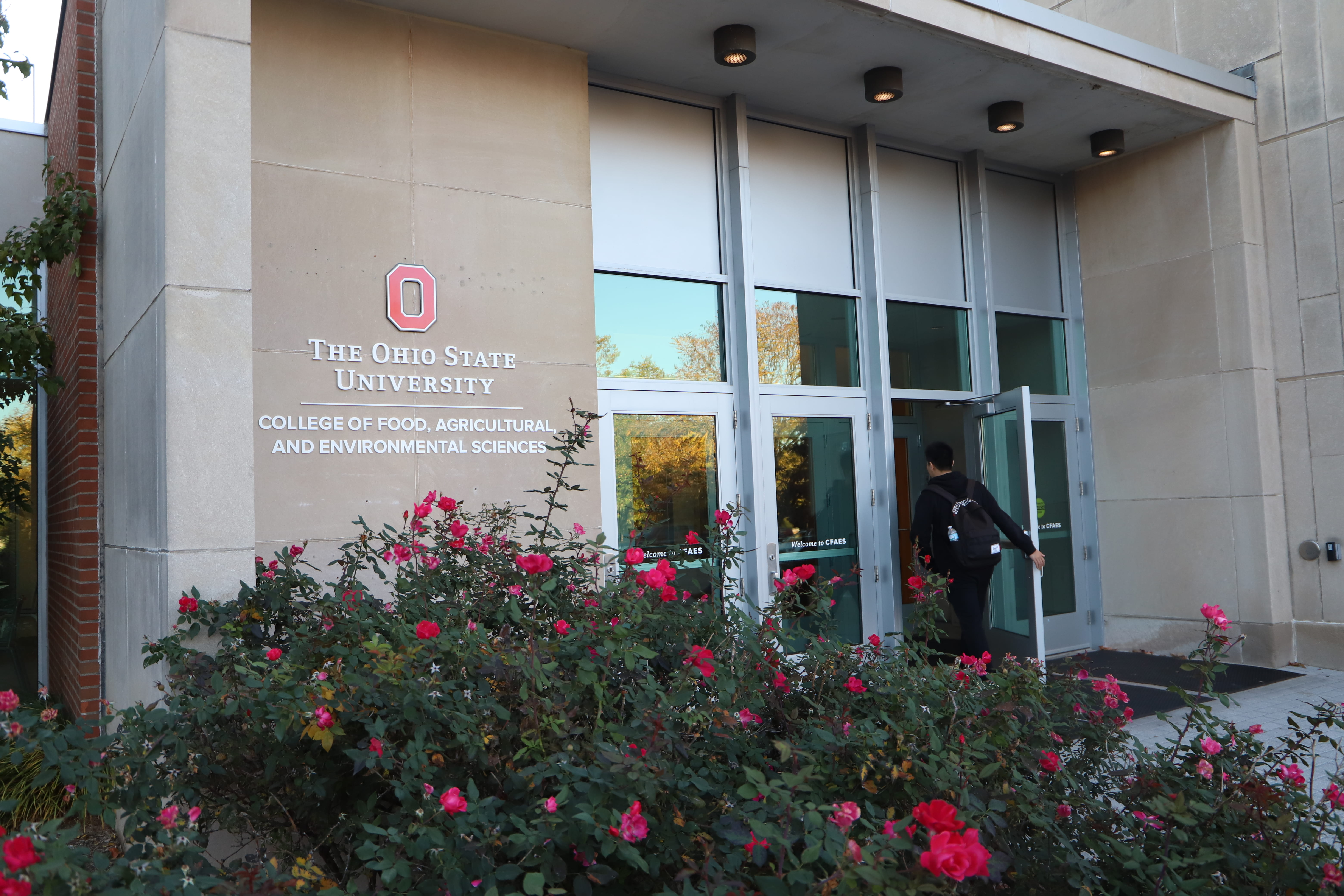
“Enhanced Soil Carbon Farming as a Climate Solution” is a $15 million project that will run for five years. Credit: Casey Cascaldo | For The Lantern
Ohio State will lead the first project to test carbon farming, potentially providing a solution to mitigate climate change.
The $15 million project, titled “Enhanced Soil Carbon Farming as a Climate Solution,” will run for five years and be led by Distinguished University Professor of Soil Science Rattan Lal, according to an Ohio State News Release. The project is the first to move beyond research models and instead test out soil carbon farming using real farmland on a national level.
“It is validating models and predictions under real farm conditions rather than experimental soil plots,” Lal said. “That’s a big difference.”
Carbon farming is a process of increasing the amount of carbon stored in soil using crops, Lai said. The crops take and store carbon from the atmosphere, he said.
“All those practices which grow plants and return the plant biomass back to the land will eventually increase carbon stock in the soil,” Lal said.
Lal said growing plants and returning their biomass to the soil can help mitigate Earth’s warming and potential climate disasters by decreasing the amount of carbon dioxide in the atmosphere.
“By the time [the carbon dioxide in the atmosphere] reaches 560 parts per million, which is double than what was in the atmosphere at the Industrial Revolution, then the global warming will be exaggerated, it will exceed more than two degrees Celsius,” Lal said.
According to NASA, if the Earth warms 2 degrees Celsius, numerous species will go extinct, the risk of major droughts and rainfall events will be much higher, entire ecosystems will transform and sea level will rise on more than 70 percent of the Earth’s coastlines.
Lal said the project is a large collaboration between the U.S. government, universities and corporations, with $5 million of the project’s funding coming from a U.S. Department of Agriculture grant and the rest coming from Ohio State and other donors.
According to the release, the tests will be conducted using a variety of soils used to produce a range of crops. The project will also look into improving soil health and making crops more productive.
Farmers can receive grant money for donating their land for the project as land-based sinks for carbon, which Lal said hopes incentivizes them to take part.
Lal said in practice, carbon farming will be used alongside other climate change solutions.
“If we find a viable substitute for fossil fuel, so that we don’t have to burn coal and oil and gas — we can have solar energy, hydro, geothermal, wind, maybe even nuclear, maybe ocean current, all the different sources of energy — and we grow carbon in soil and trees, then the carbon dioxide concentration in the atmosphere will, on a scale of decades, go down,” Lal said.


